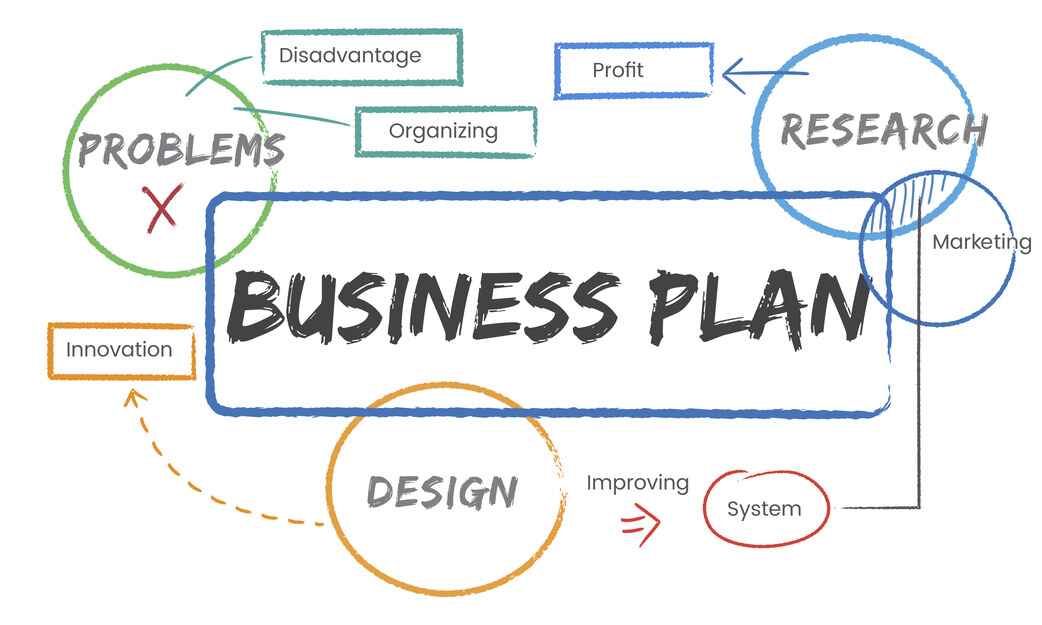There’s a tremendous opportunity in the hair salon business in Canada—with an expanding client base, demand for stylists who understand trends and can provide satisfactory service, and relatively low barriers to entry, this is a great time to enter the industry.
Most hair salons in the country generate annual revenues of $30,000 - $5,000,000.
Also, with the rise in per capita disposable income over the last five years, clients have more money to spend in the hair and beauty industry, and that’s more profit for you.
But…entering the industry is just the easy part. Without a solid business plan to help you understand what you need to build a profitable hair salon business and serve as your map to success, you’ll be flying blind and likely crash.
You’ve probably heard a lot about business plans before, so what’s the fuss about, and why is it necessary for a hair salon business?
Why You Need a Business Plan for Your Hair Salon
As an entrepreneur, a business plan is a necessity, not an option. It is your map to the growth and future of your business.
Here are some reasons why a business plan is indispensable to your salon business:
1. Provides Clarity
A business plan helps you clarify your goals and objectives and how to achieve them. It provides a roadmap for your business and helps you stay focused and on track.
2. Helps You Attract Investors
A business plan is crucial if you want to attract investors who will inject the funds you need to grow your business. It demonstrates to potential investors that you have thoroughly researched the market and have a solid plan for success.
3. Identify Potential Challenges
A business plan can help you identify potential challenges to your salon business and develop strategies to overcome them. This includes things like competition, expenses, market saturation, and changing consumer preferences.
4. Helps with Financial Planning
A business plan includes financial projections and estimates, which can help you plan for the financial future of your salon business. It can also help you identify areas where you may need to cut costs or invest more money.
5. Helps You Track Your Progress
You can use a business plan to measure the progress and evaluate the success of your salon. It can be used to set benchmarks and track progress over time.
The Business Plan Your Salon Needs
Knowing why you need a business plan for your salon business is one thing, but writing it is no stroll in the park, especially if you don’t have any guide. That’s where CoverClap comes in.
Here’s our list of important things that must feature in an exclusive business plan to give your salon an edge in a competitive industry.
Executive Summary
One important thing to remember while writing your executive summary is that it should be concise. It should contain all the details needed helps decision-makers make informed decisions by providing the key information they need to know.
Your executive summary should clearly define your goals and how you intend to achieve them. It should contain the strengths and weaknesses of your business.
Business Description
There are over 37,000 hair salons in Canada, which means clients have several options; why should they pick you? This is where your business description comes in.
A business description gives your business a unique style and personality, characteristics that clients associate with your salon, and services that make them patronize you and become repeat clients.
Think of your business description as the trademark of your salon business that sets you apart from competitors.
Your business description should include the products and services you offer. So, it should read like “We will offer a range of services, including haircuts, styling, colouring, makeup, waxing, and nail care. In addition to our services, we will also sell hair care and beauty products.”
Also, your business logo is an essential part of your business description; design a catchy logo that appeals to clients and evokes favourable impressions of your business.
Market Analysis
Each group and demographic require different services, so you need to identify your target market and analyze the competition.
Do you want to be a niche salon catering to specific groups or serving a wide group of customers? If you operate a niche hair salon, price competition from other hair salons might not affect you.

Hair salon industry statistics in Canada
Understand industry trends so you can identify the needs of your target market and adjust your services accordingly.
If you don’t want your salon to get drowned in the options available to clients, you must know what your competitors are doing.
When you analyze the competition, you understand what they’re doing right and the areas where they’re not doing so well. You can then adopt their winning strategies, give them your peculiar twist and fill in the gaps where they’re not doing great to make your business stand out.
It’s easy to get the data you need to analyze your competition; you can visit them as a client, follow them on social media or visit their websites.
Essential competition analysis data you need to gather includes:
- The cost of their services
- Their strengths and weaknesses
- Which salons provide niche services
- The challenges they face in the industry
- What they can do to improve their business
To sum up, success is there for the taking in the hair industry if you can summon the courage to start and put your best foot forward by writing a proper business plan that will serve as your map to success.




















